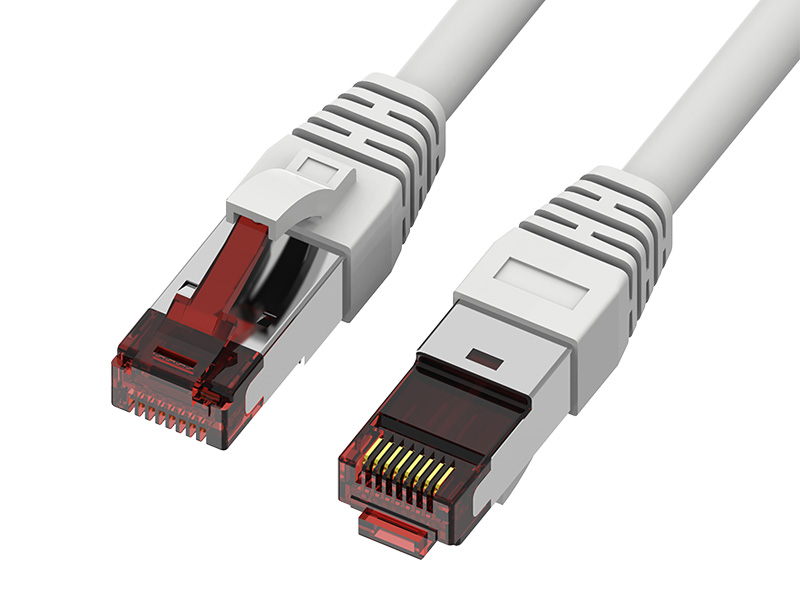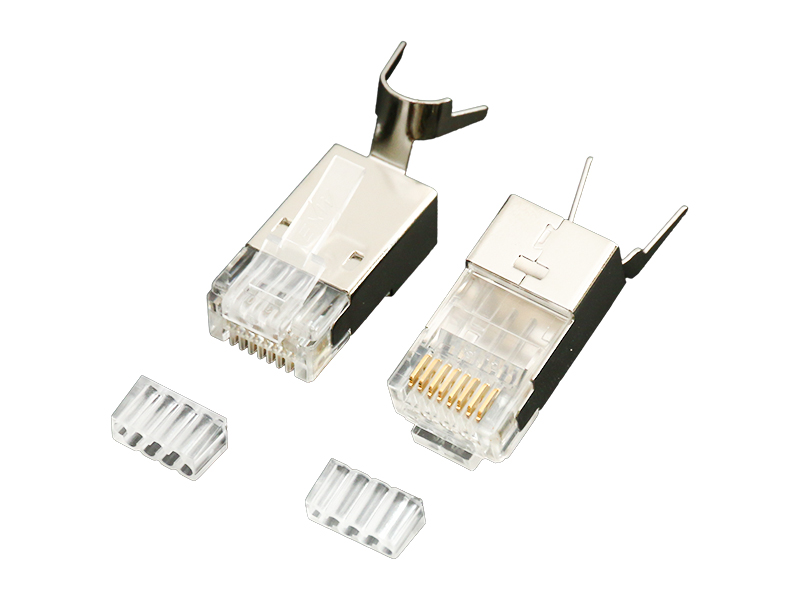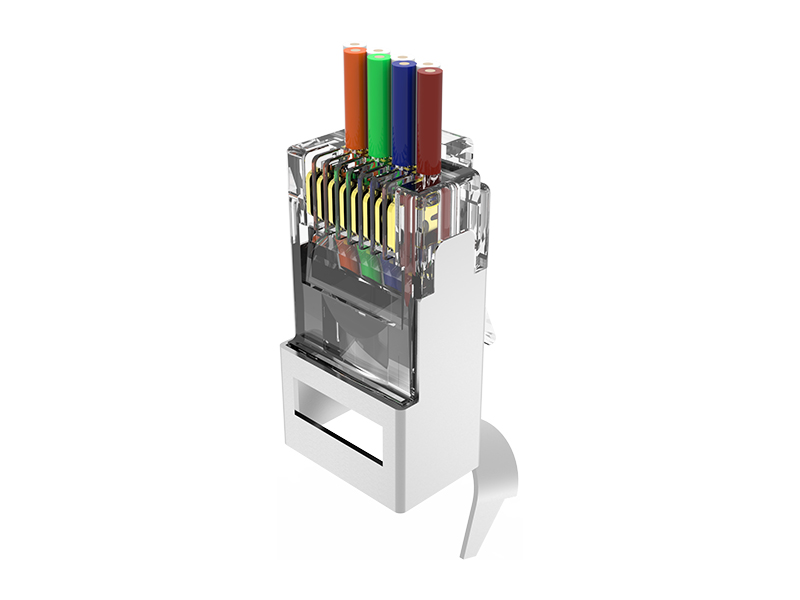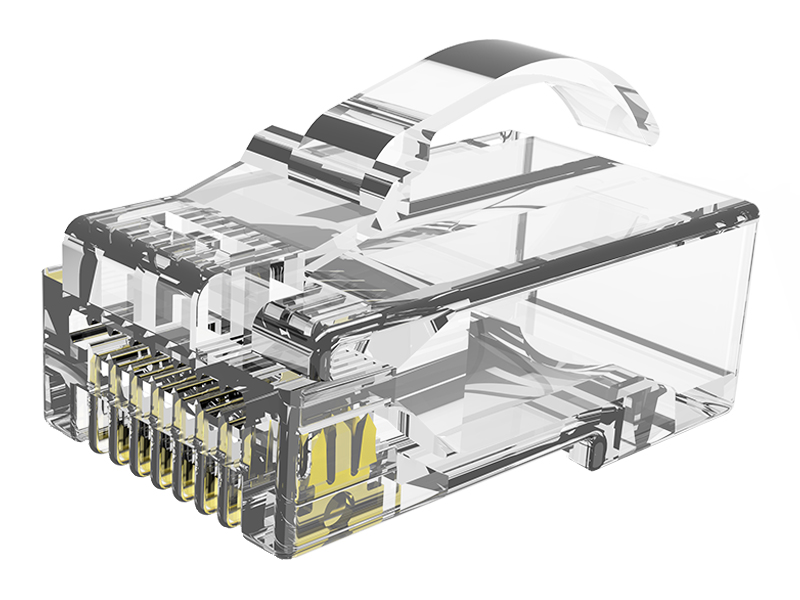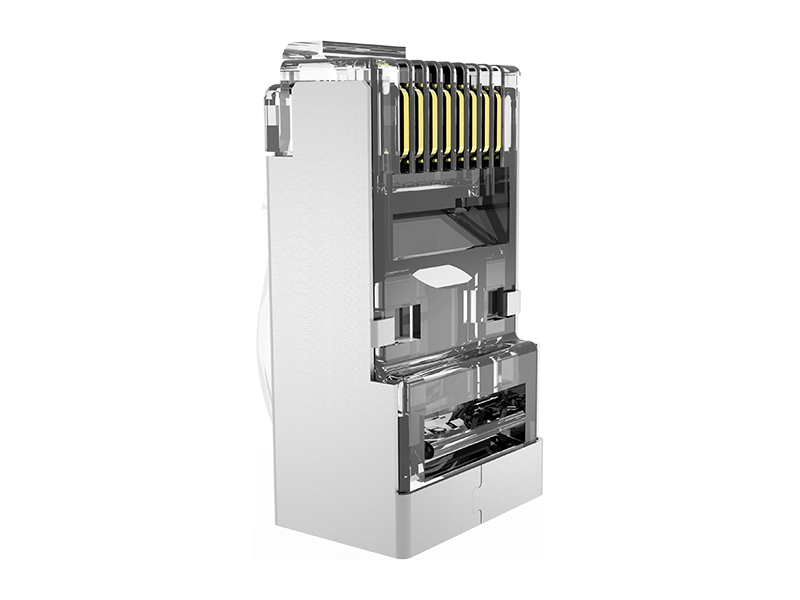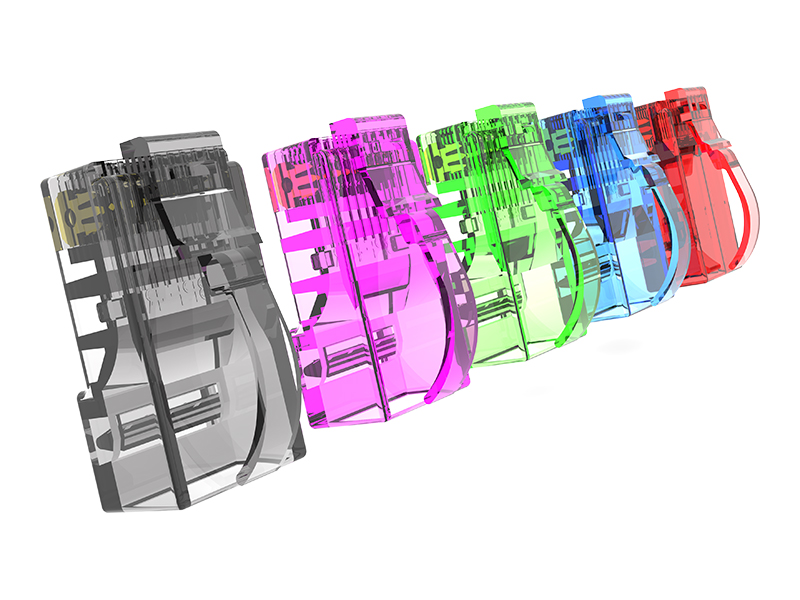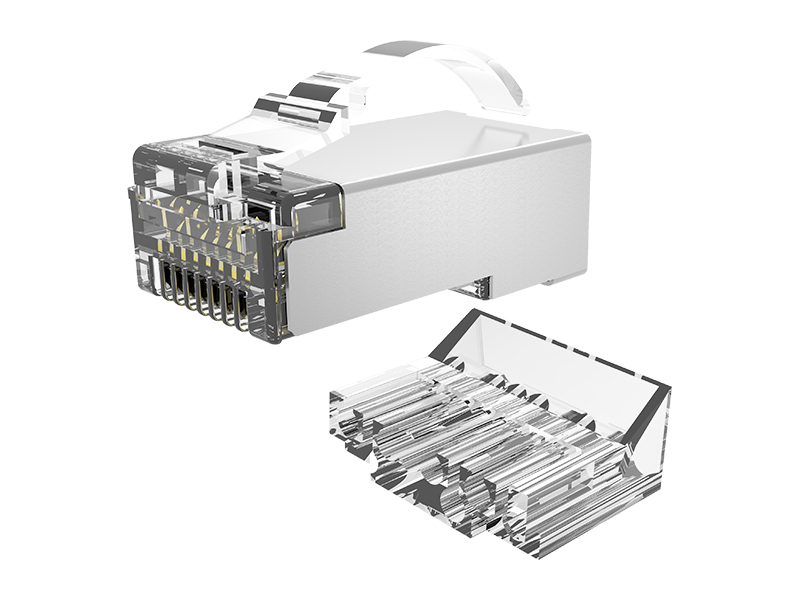In the complex environment where network equipment is connected, 90 Degree Angle Patch Cord, as a common connection solution, not only ensures clean and beautiful wiring, but also has a certain impact on the transmission quality of network signals.
First, we need to understand the basic principles of network signal transmission. In digital communications, data propagates in the medium in the form of electromagnetic waves, and any form of medium will cause certain attenuation and interference to the signal. 90 Degree Angle Patch Cord is one of the media for signal transmission. Its design and material selection have a direct impact on the quality of signal transmission.
When the 90 Degree Angle Patch Cord is bent, the conductor and insulation layer inside the cable will be squeezed and deformed to a certain extent. This physical change can cause the resistance between conductors to increase, causing signal attenuation. In addition, bending may also change the electromagnetic field distribution of the cable, increase signal scattering and reflection during transmission, and further reduce signal quality.
Specifically, the impact of 90 Degree Angle Patch Cord on signal transmission quality is mainly reflected in the following aspects:
Signal Attenuation: As mentioned above, the 90 Degree Angle Patch Cord may cause increased resistance between conductors when bent, causing signal attenuation. This attenuation will lead to a reduction in signal strength, which in turn affects the receiving end's ability to recognize and process the signal.
Signal Distortion: In addition to attenuation, the 90 Degree Angle Patch Cord may also cause signal distortion. When a signal encounters a curved cable during transmission, its waveform may change, causing signal distortion in the time domain or frequency domain. This distortion affects the integrity and accuracy of the signal.
Noise and interference: The 90 Degree Angle Patch Cord may also increase noise and interference during signal transmission when bent. Noise and interference will reduce the signal-to-noise ratio of the signal, making it difficult for the receiving end to extract useful signals from the noise.
In order to reduce the impact of 90 Degree Angle Patch Cord on signal transmission quality, we can take the following measures:
Choose high-quality 90 Degree Angle Patch Cord to ensure it has good conductive properties and anti-interference capabilities.
Minimize the bending radius of the cable during installation to avoid signal attenuation and distortion caused by excessive bending.
Properly plan cable layout in network design to reduce mutual interference between cables.
In summary, while 90 Degree Angle Patch Cord provides a neat and beautiful wiring solution, it also has a certain impact on the quality of network signal transmission. By selecting high-quality cables, proper installation and planning of cable layout, we can minimize this impact and ensure stable transmission of network signals.



 中文简体
中文简体 English
English Français
Français Deutsch
Deutsch عربى
عربى

